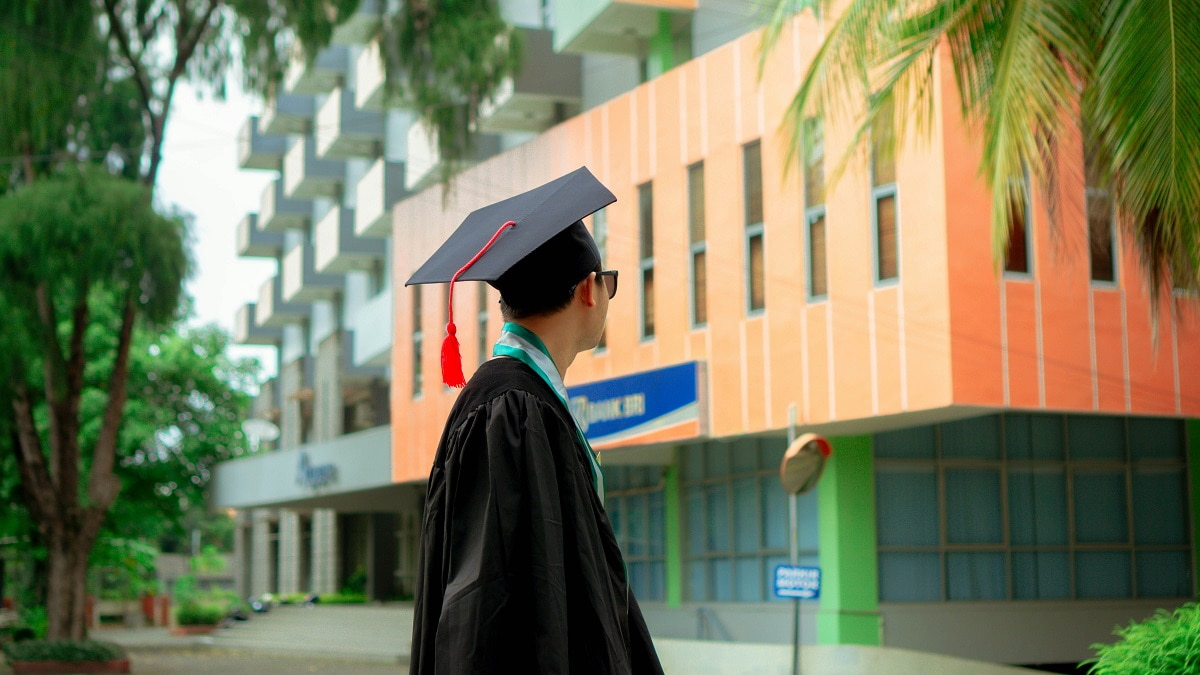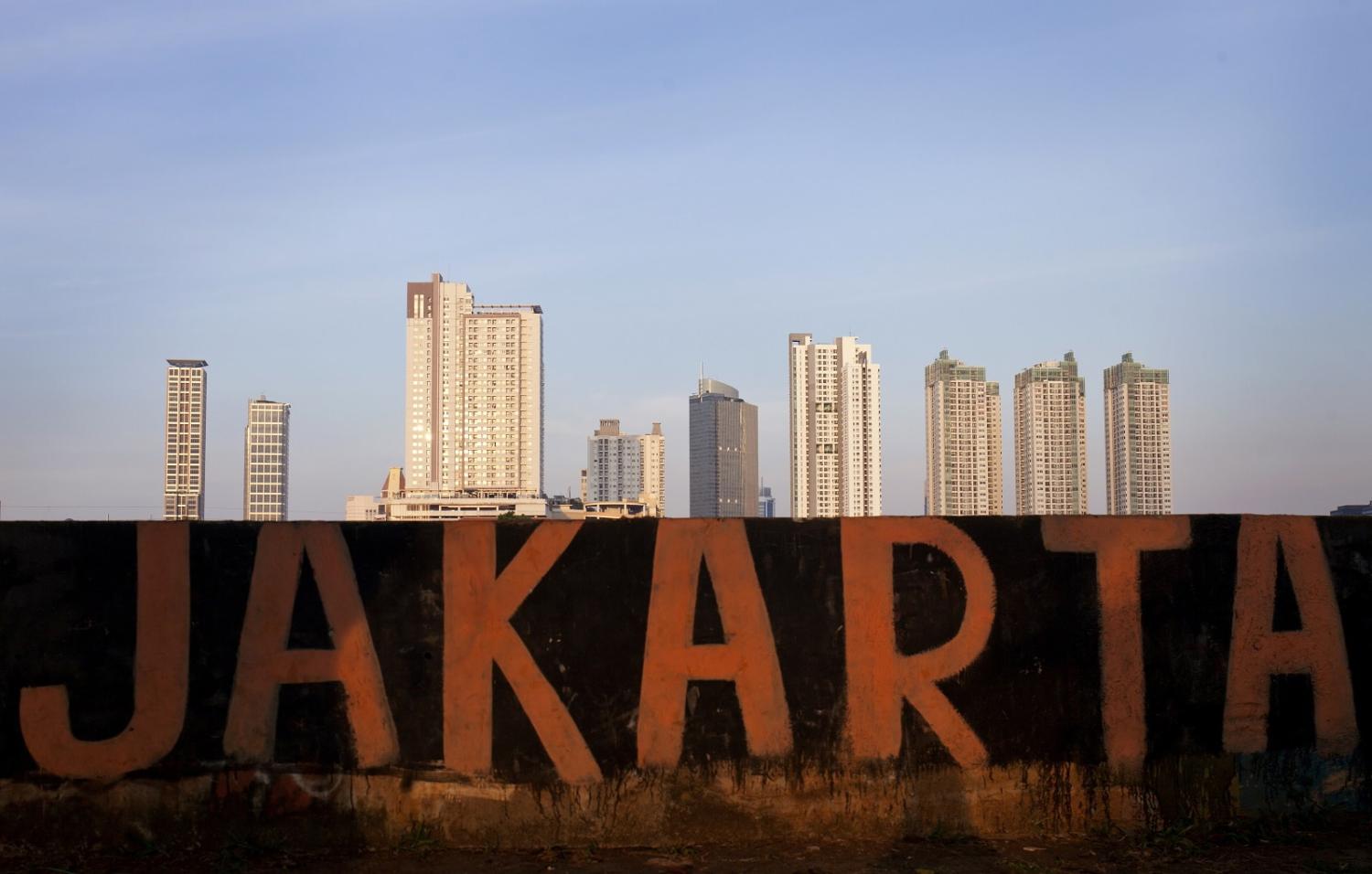A special Interpreter series ahead of the 2024 ASEAN-Australia Special Summit in Melbourne, 4-6 March. Read more articles in this thread.
Indonesia will elect its new president and vice president in February 2024. It is useful to examine the candidates’ proposed policy agendas to identify how Australia may engage Indonesia’s next administration, especially through the Indonesia-Australia Comprehensive Economic Partnership Agreement (IA-CEPA).
The three tickets competing for the 2024 Indonesian leadership are Prabowo Subianto–Gibran Rakabuming Raka, Ganjar Pranowo–Mahfud MD, and Anies Rasyid Baswedan–Abdul Muhaimin Iskandar. Each pair has submitted a vision-mission document as part of their candidacy registration.
Anies–Muhaimin’s programs are crafted to appeal to a broad swathe of voters along sectoral, regional, and community lines. It is a rather comprehensive document that specifies measurable targets. Their economic development strategy is focused on improving efficiency through systemic change.
Ganjar–Mahfud’s vision seems to be tailored to young voters. It is filled with the latest global catchphrases such as digitalisation, green and blue economy, innovation, knowledge economy, and the new world order. The focal point here seems to be preparing Indonesia for the economy of the future.
Prabowo–Gibran’s programs carry a heavy tone of populist statism. The document opens with big government spending programs, such as free school lunches, free health checks, expanded social assistance, and higher public servant salaries. In the economic space, the mantra seems to be more state control to achieve self-sufficiency and projecting a strong image.
The three candidates converge on several issues that align well with IA-CEPA: food resiliency, industrialisation, and upskilling. The first can be linked with IA-CEPA’s agri-food partnership. The latter two mainly deal with educating the workforce in which IA-CEPA already has some initiatives. However, the partnership model here may need a reality check. Beyond these, labour mobility presents a future collaboration frontier.

IA-CEPA pushes a “powerhouse” concept where the two countries partner up to supply the global market. Building a close economic partnership requires strong business-to-business links that begin with deep people-to-people connections. Facilitating business links is the main mandate of KATALIS, IA-CEPA’s implementation office in Jakarta. It has supported 14 commercial collaborations so far, of which four are in agri-food and two are in vocational education (VET).
The agri-food partnership seeks to emulate the success of the wheat–instant noodle value chain. Here, Australian agricultural input helps Indonesian manufacturers become the world’s third-largest exporter of instant noodles. However, domestic food security concerns may challenge an export-oriented “food powerhouse”. This domestic sentiment can be mitigated by highlighting how agricultural imports have augmented Indonesia’s food production capacity. Supplying the global market incentivises producers to expand their production capacity beyond domestic needs, which also translates to more demand for inputs from farmers. Adopting global food safety standards also helps improve product quality for domestic consumers.
Similarly, the VET partnership should also be mindful of Indonesia’s industrialisation drive. Indonesia needs technical and engineering skills, unlike Australia, which mainly needs service skills. Indonesian companies may not find off-the-shelf Australian vocational courses useful. Nevertheless, all presidential candidates aspire to more industry involvement in the VET curriculum design. Industry-based curriculum design is a process that Australian VET providers are very familiar with, so IA-CEPA can contribute in this space.
The university sector is relatively untouched by IA-CEPA but may be more primed for collaboration. Australia has long been the favourite destination for Indonesians studying overseas, but bringing the campus closer to Indonesians may be the logical next step. Monash Indonesia leverages its Australia–Indonesia status smartly by becoming the only Indonesia-based provider of an Australian government scholarship program and a domestic provider of the Indonesian government scholarship program. Indonesia still closes its doors to other foreign universities, so Australian universities can use IA-CEPA to get a head start over other competitors.
However, IA-CEPA’s potential to reform the Indonesian university sector should not be limited to the supply side. Simplifying visa requirements to study in Indonesia can help increase the market size for universities in Indonesia — including those from Australia. It may even encourage more Australians to study in Indonesia. This will complement the New Colombo Plan, which has helped build Indo-Pacific knowledge among Australian youths.
Businesses are run by people, so forming a deep people-to-people connection is the key to sustaining any business-to-business linkage. Becoming Indonesia’s trusted partner for education is a good start, but labour mobility can present new frontiers to explore in the relationship.
There are three areas of labour mobility in IA-CEPA: Work and Holiday Visas, Workplace-Based Training Visa Pilots, and Indonesia–Australia Skills Development Exchange Pilots. While these agreements are novel for Indonesia, they are narrower than Australia’s recent migration deal with India. Aside from covering students, graduates, and academics, the flagship MATES program allows young Indian professionals to obtain a two-year working visa without any company sponsorship.
This deal was struck partly to alleviate Australia’s chronic labour shortage. However, Indonesia struggles with the reverse problem of persistent unemployment. If Australia can strike a broad labour mobility deal with a distant neighbour, perhaps it can consider expanding IA-CEPA’s scope in this issue.
Opening more channels for people exchanges between Australia and Indonesia will deepen the people-to-people connections that will support the economic partnership well into the future, regardless of leadership change.

